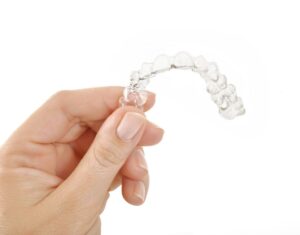Any type of orthodontic treatment takes dedication on your part! There are guidelines you have to follow, extra time you need to spend, and determination on your part to be the best patient you can be while transforming your smile. When the day finally arrives for you to finish up your treatment, it is a liberating feeling! However, braces are only the first step in the journey towards straighter teeth and overall improved oral health.
Maintaining your new smile is every bit as important as creating it, so it is important to note the long-term success of your orthodontic treatment also depends on something we call retention.
If you’re already an Unger Orthodontics patient, chances are good that you’ve heard us talk about retainers, and why they’re so important once the initial phase of orthodontic treatment is completed. Regular retainer use is the second part of the treatment, and is integral in keeping your teeth from shifting from their new and improved positions. To learn more about what retainers are and why their use is so essential, keep reading!
What exactly is a retainer?
A retainer is an orthodontic appliance that is molded and designed to fit each individual patient’s mouth. Our team will take an impression of your newly straightened teeth, then create the retainer from a highly durable, and clear plastic material.
Your retainer may feel a little strange at first, the same way braces and Invisalign® aligners do, but any initial discomfort should only be temporary. Try not to let the discomfort deter you from wearing your retainer as directed, as failure to do so can keep it from doing its job. Over time, lack of retainer wear can cause your teeth to begin shifting toward their original positions, leaving you right back where you were before you started treatment.
Modern orthodontic wisdom has taught us that some type of retainer must be worn part-time for the rest of your life after your teeth have been straightened. We know how overwhelming that can sound at first! However wearing your retainer will become a part of your daily routine before you know it.
The basics behind retainers
Your teeth aren’t the only things that move during orthodontic treatment, and they aren’t the only things that we want to stay in place afterwards. Teeth aren’t just fixed in the jaw. Each one is held in the socket by elastic ligaments attaching the roots of the teeth to the bone. These ligaments are living tissue affected by the movement of the teeth, allowing for the small movements of the teeth during treatment. When we place tension in and/or around the teeth using braces or Invisalign, new ligaments and sometimes bone, are formed.
The first phase of treatment is considered the remodeling phase, and once this has been completed those tissues, ligaments, and bone will need time to stabilize. Without the use of a retainer to firmly hold these new positions during that time, the teeth will almost always find a way to migrate back to their old positions. It can take anywhere from several months to several years for the new position of your teeth to become more permanent. By wearing your retainer as directed, you’ll help your teeth along with the surrounding hard and soft tissues to realign, stabilizing your new bite.

What are the different types of retainers?
There are two different types of retainers: fixed retainers and removable retainers. We will always takes your specific case and your preferences into consideration before deciding which kind would be best suited for your needs and lifestyle.
Fixed retainers
A fixed retainer consists of a thin wire positioned across the lingual (behind) surface of the lower or upper front teeth which is bonded into place. The wire stretches across several teeth, so it’s important to maintain the same level of dental care you used while you were in braces. We have found over the years that fixed retainers tend to take more work to keep clean, so they are not recommended for the majority of our patients, and are not necessary when the removable retainers are worn as instructed.
Removable retainers
The removable retainer we use looks very similar to an Invisalign aligner, and can also be referred to as an Essix or TruTain retainer.
Maintaining a good oral health is easier with removable retainers because you can remove them to brush your teeth. However, like clear aligner therapy, if you don’t remember to wear it daily as directed, it won’t work to preserve the alignment of your teeth. It’s likely that you’ll need to wear it for 20 hours a day for at least the first twelve months following the completion of treatment. After this, Dr. Unger will assess your teeth again and if no movement is detected, then you’ll likely only need to wear the retainer each night as you sleep.
Keeping your smile on the straight and narrow with Unger Orthodontics
Are you waiting for your braces to be put on, or counting down the days until they come off? Wherever you are in your treatment, we are here and happy to help with any questions and concerns you may have! Every member of the Unger Orthodontics team is dedicated to providing you with the best experience possible from start to finish. Contact us today to consider retention options.

